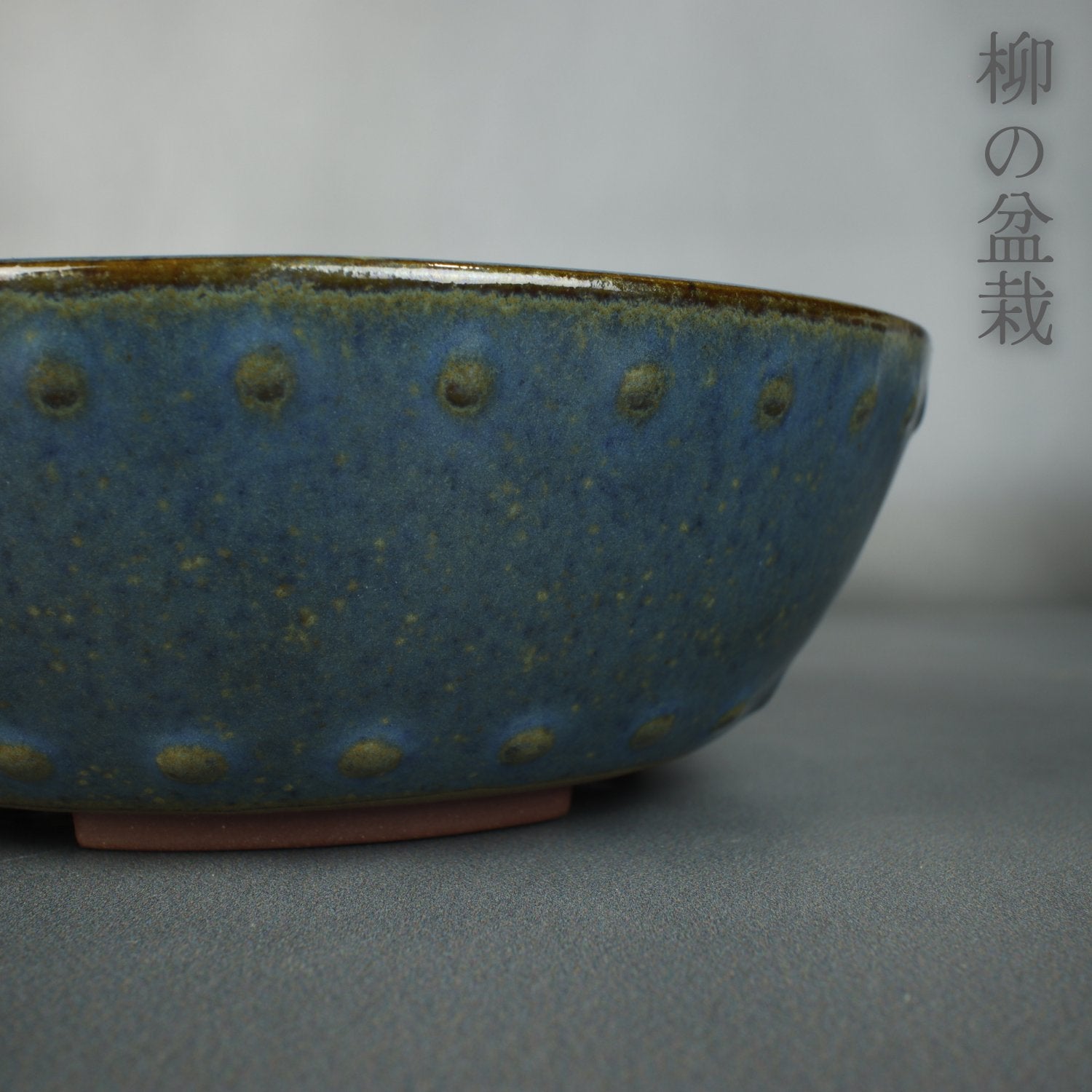Choose Good Quality Material For Bonsai
This is perhaps one of those lessons that can take some time for new people into the art of bonsai to learn, But hopefully with todays article we can have you learn this lesson straight away and save you some valuable years and get you on the right track asap!. What we are going to discuss today is the quality of the material that you choose to work with. When we start off in bonsai we rush out and buy every juniper, maple and pine we can see without any thought to whether or not that material is actually worth purchasing and working on. Most of the times we are buying years of unnecessary work, especially if purchasing off market places such as facebook. A lot of the times people work out their material is not great for bonsai so they will sell it off to someone else essentially selling that person their problems. So lets take a look at a few things to see if we can get you to avoid poor quality material.
Buy Well Developed Material
Now this isn’t a hard and fast rule but if you stick to it you will bypass everyone else who is not sticking to it. What I’m talking about here is forget about purchasing small pencil thin trees if your plan is to take it home and turn it into a bonsai tree. When you buy something small like that you have no character in the tree, no options for branching and no signs of maturity. Sure you can throw some wire on it and contort it and whack it in a pot but what you end up with is a very poor quality mangled tree in a pot. Your best approach is to seek out material that has already been well developed, preferably by a bonsai nursery. With this material you will get a decent size trunk with hopefully some taper in it, maybe a decent nebari and plenty of options for branching.
When we practice bonsai we usually grow and reduce, grow and reduce. Once we are ready to build structure in the tree we normally take a tree that has plenty of options for branching and reduce it back down to next to nothing. Much like a sculptor we start with a full block and reduce to get our design. When you purchase a tree that has nothing to begin with you have no options to work with and nothing to reduce.
So does this mean never buy starter trees? Of course not. Starter trees are great for purchasing at a cheap price and developing yourself, but my point is that starter stock is usually purchased as a cheap way to get instant bonsai material and it just doesn’t work. If you want to get starter material then plan to be growing it for at least 5 years before you begin working on it. If you want to start work immediately then you will need to seek out already developed material which will be more expensive but it will get you 10x the tree today then if you bought a starter.
Look For Hard To Fix Problems
Now when you are purchasing pre developed material its not all sunshine lollipops and rainbows. If the material wasn’t properly worked as it was developed there can be issues that will take you longer to fix then just growing a starter yourself and making sure you avoid these problems along the way. Some of those issues can be things like
- No Movement In A Thicker Trunk
- Inverse Taper
- Fungal Infections
- A Poor Root System
- No Nebari Or A Poor Nebari
- Leggy Branching ( especially on pines if they didn’t leave needles close to the trunk )
These are just a few examples of things that could take you a few years to rectify if purchased on a tree. These are usually considerations that are looked at as the material is grown but if the material is just grown and not worked then you could be facing years of remedial work.
Once again this can be ok if the material is priced accordingly and you are prepared to put the time into the material based on the fact you got it cheaper and are confident to work it into a nice tree in the future.
Buy Trees That Are Suitable For Your Climate
This is something that isn’t as obvious but can have a big effect on the quality of your trees. For example where I live we get very mild winters, we rarely see temperatures below 0c and if we do its only for an hour or 2. Most of our winter is spent around 5c over nights 8-10c day time temps. This means for me that most cold weather trees will eventually get weaker and weaker which gives you poor quality results. I cant have white pine in my area for example, year over year the tree would get weaker and weaker rather then getting stronger and stronger as it needs at least 60 days below 0c for its dormancy. It’s the same with a lot of deciduous species here, we don’t keep a lot of them because they don’t get a good dormancy period, if they do go dormant its not for long.
On the other hand there are trees that also don’t do well in the heat so figuring out what trees can and cant handle what your environment provides can really give you a leg up in your journey if you figure that out early.
Buy Healthy Stock
This might seem obvious but purchasing trees that are healthy at the time of purchase can be a big advantage, purchasing a bargain tree because it is sick just means you’ll spend a season or 2 chasing the sickness trying to nurse the tree back to health, and depending what the issue is you could also be bringing back a problem to your garden and introducing it to the rest of your trees. So purchasing trees that are cheap because they are sick isn’t always a good idea. Like I said it seems obvious but I see people bragging all the time that they got a tree cheaper from the bargain section but then you see it and it is very sad and sick.
I hope this article gives you some things to think about now when purchasing your next tree, following these few simple concepts can literally save you years of work which in this hobby is priceless.















1 comment
Great article! These are some good tips to many years of waitting and frustation.